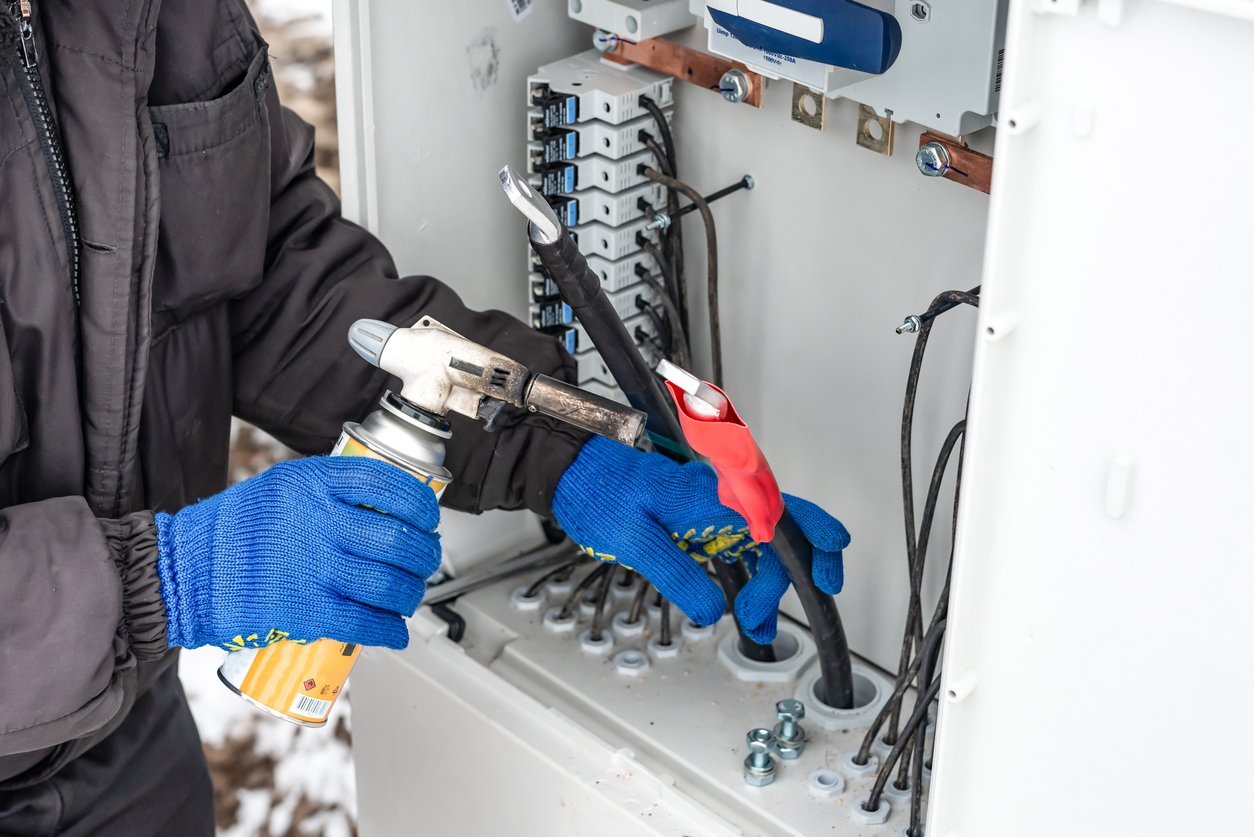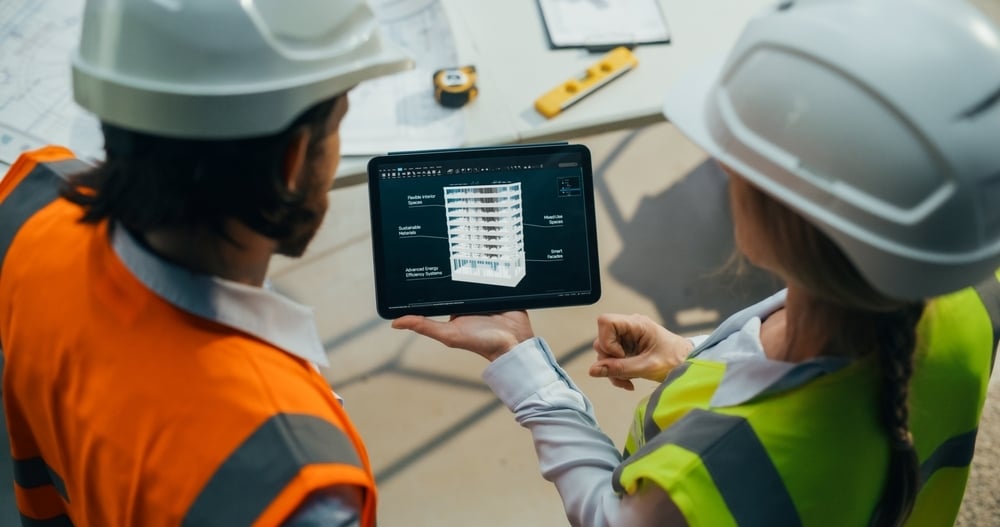
Start in Q4, Power Ahead in 2026: The Faster Path to Renewable ROI
Listen to this post:
In This Post:
When most renewable developers were winding down for the holidays, one solar company in the western United States decided to do things differently. Instead of waiting for the new year to begin planning, they kicked off their next 80-megawatt project in November 2024, mapping routes, aligning contractors, and submitting permits before municipal offices closed for the season.
By February 2025, while competitors were still finalizing budgets and staffing, their crews were already on site. And by summer, power was flowing to the grid three months earlier than scheduled. That early start didn’t just accelerate construction; it unlocked faster interconnection, improved cash flow, and strengthened investor confidence heading into 2026.
The Challenge: Delayed Design-Build Transitions
Before taking a proactive approach, the company struggled with the same friction that slows many renewable projects: disconnected data, manual reporting, and miscommunication between engineering and construction teams.
Permitting requests stalled. Design revisions took weeks to reach the field. EPC partners worked from outdated spreadsheets and conflicting versions of the same drawings. Each delay compounded the next, pushing milestone approvals further down the line and creating uncertainty for financiers and regulators alike.
In a fast-moving industry where incentive windows and energy pricing shift quickly, waiting until Q1 to align teams had become an expensive habit.
The Turnaround: Starting in Q4 with Vitruvi’s Plan, Build, Control, and Integration Framework
That changed when the company began its project integration phase in November 2024, using Vitruvi’s four operational pillars — Plan, Build, Control, and Integrate — to unify processes and eliminate bottlenecks.
Plan: GIS-based site layouts, environmental assessments, and permitting requirements were centralized in a single platform for all stakeholders.
Build: Construction sequencing, contractor assignments, and inspection schedules were digitized to enable real-time progress tracking.
Control: Cost and schedule dashboards replaced static spreadsheets, with automated alerts surfacing risks before they became delays.
Integrate: Engineering updates flowed seamlessly into field workflows, ensuring the latest designs were always in use.
By year’s end, procurement, permitting, and design were moving in parallel instead of sequentially, creating a smooth handoff to EPC partners when 2025 began.
How Q4 Planning Pays Off: From Concept to Commissioning
Concept → Pre-Construction (Q4 2024)
- GIS mapping and environmental studies completed
- Permits submitted before municipal holiday closures
- EPC partners onboarded and budgets aligned
Construction Launch (Q1 2025)
- Crews mobilized immediately after the new year
- Field teams connected to real-time project dashboards
Commissioning (Q3 2025)
- Power delivered to the grid three months ahead of schedule
- Funding was released faster with verified milestone documentation
Luckily for them, they already had Vitruvi fully implemented and operational before the project kicked off. That readiness made a November start possible and kept the transition from design to construction seamless.
For developers who want to replicate that kind of head start, getting Vitruvi up and running now is essential. Implementation, configuration, and team training take time, so expediting setup in Q4 ensures the system is live and optimized before planning for 2026 begins in earnest.
What That Looks Like This Year
For developers planning their 2026 build season, the same opportunity is on the table right now. A realistic timeline could look like this:
October–November 2025:
- Finalize 2026 project pipeline and allocate internal resources
- Begin permitting submissions and environmental studies
- Implement Vitruvi immediately so data, maps, and workflows are established before year-end, allowing the team to start 2026 with a live, unified system
- Upload early-stage designs and site data into Vitruvi to establish a single, connected source of truth
December 2025:
- Lock in EPC partners and align budgets before year-end cutoff
- Confirm procurement lead times for critical materials
- Use Vitruvi to build pre-construction schedules and assign early-stage tasks so work begins on day one of the new year
January–March 2026:
- Mobilize field crews and start early groundwork
- Track inspection and permit approvals in real time through Vitruvi
- Maintain complete visibility across all teams, from office to site
By the time spring arrives, teams that started implementation and planning in Q4 will already be building, while others are still chasing documentation, approvals, and software onboarding.
The Result: Faster Milestones, Stronger Returns
By starting early and managing every phase in one system, developers consistently achieve measurable gains:
- Shorter interconnection timelines
- Seamless documentation flow to EPC and financing partners
- Fewer permitting delays
- Earlier revenue realization from power sales
The Bottom Line
Getting Vitruvi established now isn’t just a software decision; it’s a strategic one. The sooner your team is live, trained, and working in one connected system, the more momentum you carry into 2026.
In renewable development, time isn’t just money; it’s megawatts. Every week saved between design and commissioning shortens the path to profitability.
The teams that treat Q4 as the start of their next build cycle, not the end of this one, gain a clear advantage.
Book a Q4 Readiness Consultation with Vitruvi to get your platform, projects, and teams ready for a faster route from pipeline to powerline.
Subscribe and stay up to date with the newest posts delivered right to your inbox!

